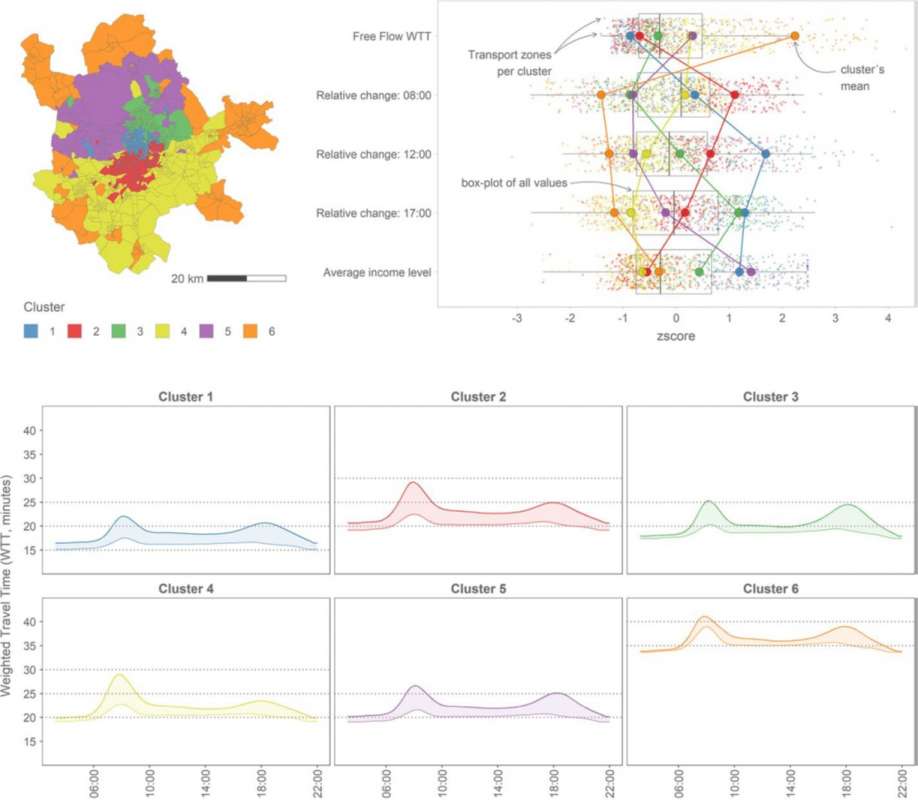Nuevo artículo:Traffic congestion and economic context: changes of spatiotemporal patterns of traffic travel times during crisis and post-crisis periods
Juan Carlos García-Palomares parte del equipo de TGIS firma este artículo de la revista Transportation
26 ene 2021 - 16:56 CET
Enlace al artículo: https://link.springer.com/article/10.1007/s11116-021-10170-y
Abstract
This paper aims to evaluate the impacts of the economic context on traffic congestion and its consequential effects on private vehicle accessibility. We conduct a long-term analysis of spatiotemporal traffic congestion patterns in Madrid (Spain), comparing two urban realms: the 2008 economic crisis and the following post-crisis situation. We apply TomTom Speed Profiles data to assess daily variations in traffic congestion and their changes between both periods, and Twitter data to capture spatial patterns of the daily pulse of the city. Increased traffic, a by-product of economic recovery, resulted in higher congestion, particularly during peak hours. Nevertheless, these changes are spatially uneven. In the city core, an increase in congestion is relatively temporally homogeneous, while in the peripheral suburban zones, there has been only a marginal increase in travel times. On the other hand, in the urban outskirts, increased traffic congestion is more severe but visibly different between north and south. These differences have strong social connotations: over 40% of the population experienced a dramatic increase in travel times (more than 25%) during peak hours. Moreover, low-income groups are more likely to live in the more affected southern districts, suffering most the negative consequences of increased congestion.

